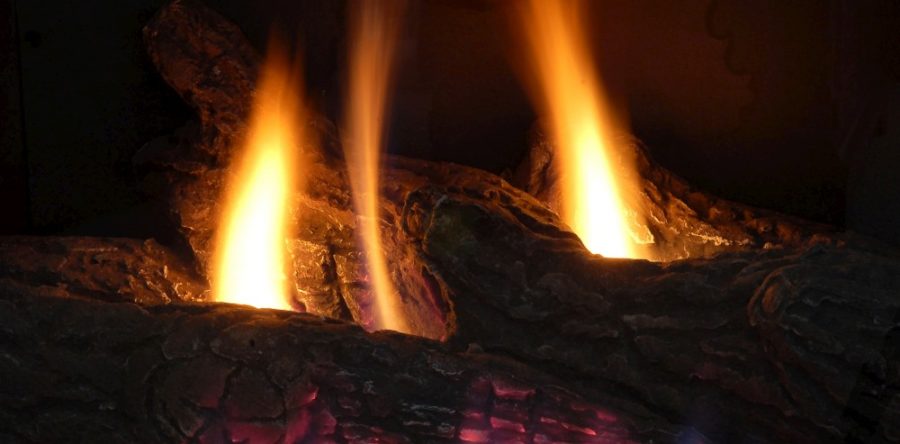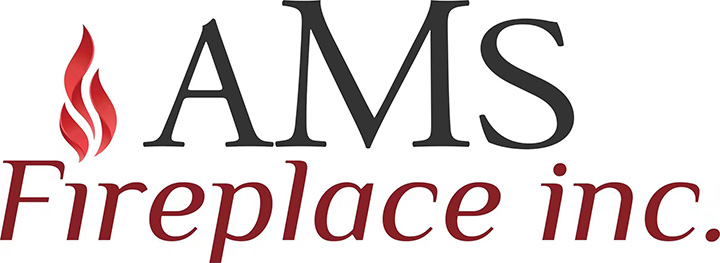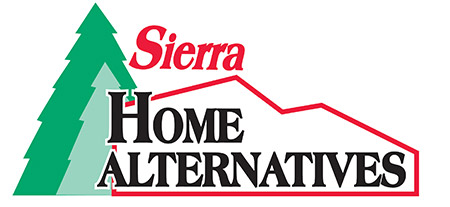When someone decides to have a beautiful new fireplace installed, there are various factors to consider. While the aesthetics of the unit is important, the type of fuel the fireplace will run on should be a more weighty factor in deciding what kind of fireplace to purchase.
Each type of fuel – gas, wood, pellets, electric – will accomplish the goal of adding a good heating source to the home. But there are other variables a homeowner should consider. In this article we’ll turn our attention to gas fireplaces and on what distinguishes gas logs.
Fewer steps to building a fire
Wood fireplaces are popular throughout the world, but one complaint homeowners sometimes have is that getting a fire started is a hassle. They have to go out and either purchase or chop the wood, bring the wood back to the house and store it, haul logs inside and place them in the fireplace, and then use tender and a flame to set the logs a fire.
Starting a fire with gas logs requires a single step: turn on the gas.
Cleaning and maintenance
Another benefit of gas logs is how easy it is to keep the hearth area, firebox and chimney clean. While gas logs are available in numerous styles and finishes to resemble actual wood logs, they don’t decompose during combustion nor do they pop and crackle and send embers and ash outside the firebox. Compared with wood, gas logs burn much cleaner, thereby producing far less creosote that sticks to the walls of a chimney or chimney liner and must be cleaned regularly.
Real, natural look
As mentioned above, modern gas logs have the look of real wood. With designs that include forked branches, patterns like real bark, knotholes and even marks that look like an axe has been used in cutting, at first glance it’s hard to tell that these “artificial” logs aren’t the real thing. Most people enjoy the look of top rated gas logs burning in a fireplace, and modern gas log sets don’t disappoint.
Cost-effective
Per log, gas logs are more expensive to buy than wood logs. But remember – gas logs last far longer than the wooden variety. In addition, when operating a gas fireplace, the homeowner has precise control over how much gas is used and how much heat fills the room. When burning wood logs, you pretty much get what you get, with not a lot of control.
There’s no one type of fireplace that’s right for everyone. But looking at these benefits of gas logs, you can see why many people choose to install gas fireplaces in their homes. These units are easy to maintain, clean-burning, realistic-looking and easy on the pocketbook.
Interested in learning more about the benefits of gas logs?











